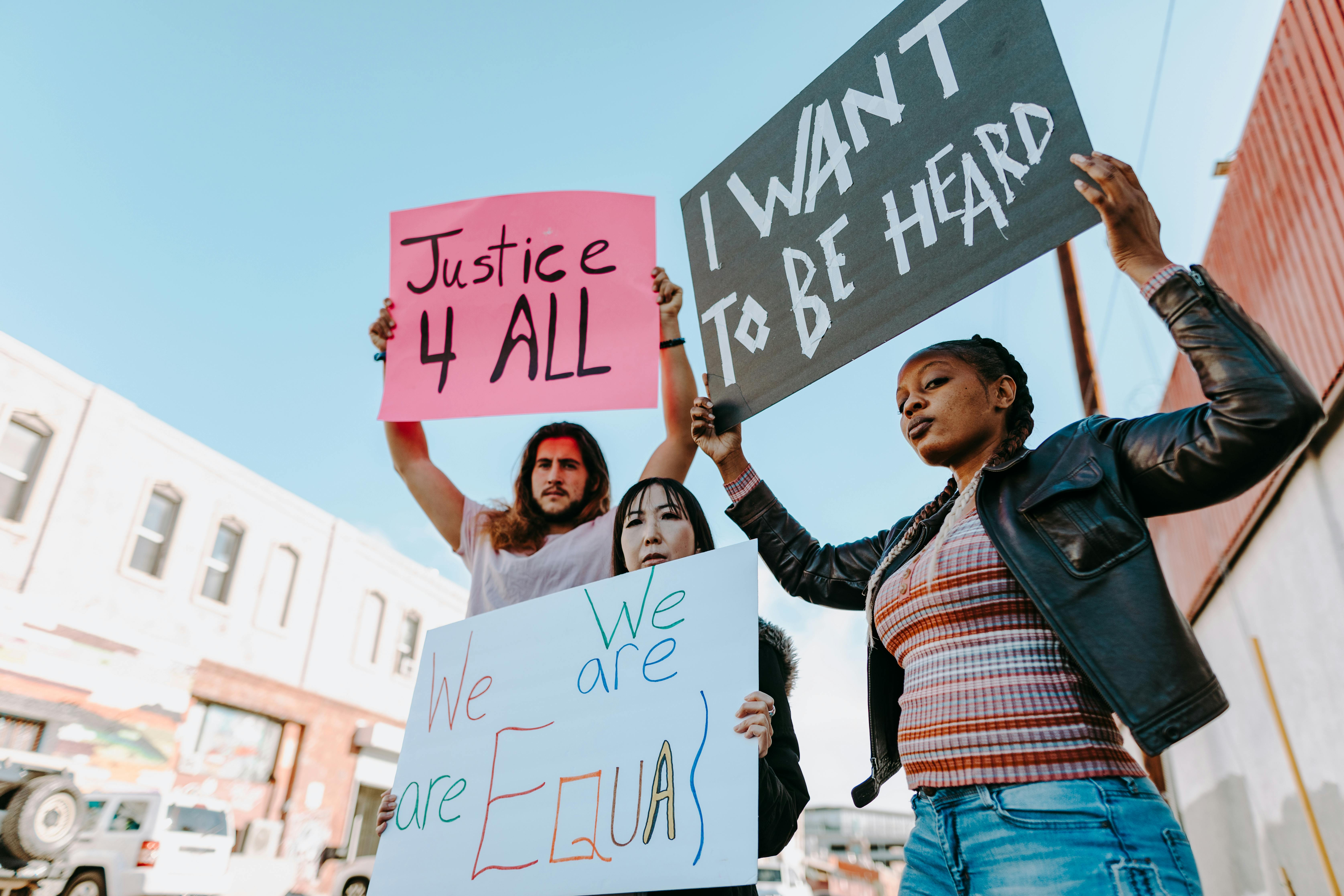13 assassins
This movie kicks mountains of butt! From the opening scene, which depicts the ancient Japanese ritual method of suicide known as harakiri or seppuku, Japanese provocateur Takashi Miike’s latest film is clearly not kidding. The opening scene is a textbook case of the effectiveness of sound design in film: fortunately we are spared the visual details of the disgraced samurai slashing his belly with his sword, instead focusing on a long shot of his face dying with the hideous crush. the sounds of the violent act fill the soundtrack, an effect that is arguably even worse than the on-screen violence. I remember being surprised to hear that Miike’s (Audition, Gozu) latest movie managed to get an R rating, and the fifteen minutes cut from the original Japanese release for the international version probably explains this, but I have little doubt that this scene has been featured. exactly as Miike intended. It’s a brutal start to an extremely violent movie, a scene that really lets the audience know what they’re up to.
In the sadistic and unflappable Lord Naritsugu (Goro Inagaki) we have perhaps the most engaging screen villain since Heath Ledger’s Joker in The Dark Knight, a creation that, when that film was released in 2008, immediately reminded me of Tadanobu’s Kakihara. Asano in 2001 by Miike. Ichi the Assassin movie. Naritsugu is the younger brother of the Shogun and thus above the law, which he uses to rape and murder the so-called “servant class” at will, committing unspeakably brutal acts of violence with a smile or no expression at all. . He is bored with the current state of things, the era of the samurai class and the end of the “time of war” in feudal Japan, so he finds excitement in the only way his vicious mind can conceive. . This reflects a sense throughout the film of the end of an era, the kind of sentiment found at the heart of Akira Kurosawa’s Seven Samurai (1954) or Sam Peckinpah’s The Wild Bunch (1969); it is a sentiment shared by the remaining samurai, but reflected much darker in Naritsugu.
Still, even the film’s “good guys” have a significant streak of bloodlust at their core, as shown when the leader of the titular gang of assassins, Shinzaemon Shimada (Koji Yakusho), is tasked with killing. Naritsugu for the Greater Good of the Japanese Empire: Witnessing the horrific sight of a quadruple-amputee naked maidservant whose tongue has also been cut out by Naritsugu, Shinzaemon’s expression abruptly changes from one of deep disturbance and pity (I feel my own face contort on the same way during this scene) to a surprising smile, with even a giggle breaking through. He is excited, not by the misfortune of the young woman and her family, whose fate at Naritsugu’s hands is described as “total slaughter”, but by the prospect of a worthy cause to sacrifice his life for. This is the essence of the way of the samurai; as Shinzaemon later tells the assembled warriors of him: “He who values his life dies like a dog.” All assassins know that there is a very good chance that none of them will survive the mission, and that is precisely why they undertake it. When Shinzaemon accepts the quest saying “I will carry out your task… with magnificence”, I felt a big fanatical smile on my face, and not for the last time during the movie.
This is, to me, an instant classic of a movie, the kind of epic Kurosawa could make if he were alive today, but with Miike’s signature touch throughout, especially in the aforementioned quadruple amputee scene and various moments during the big third. act battle sequence. The characters are even similar to those found in movies like Seven Samurai and The Hidden Fortress (1958), particularly the comic relief, a lowly hunter named Koyata (Yusuke Iseya) who also proves to be one of the fiercest fighters of the thirteen. . as extremely resourceful and seemingly invincible. There is also Shinrouko (Takayuki Yamada), Shinzaemon’s nephew, who comes across as a drunken gambler and womanizer, but sees this mission as a way to redeem himself and live up to his uncle’s noble heritage: shades of Kikuchiyo from Seven Samurai (Toshiro Mifune). – and Hirayama (Tsuyoshi Ihara), a flawless swordsman reminiscent of Seven Samurai’s evil equivalent, Kyuzo (Seiji Miyaguchi).
The entire third act of 13 Assassins is one huge, epic battle sequence, which probably should get boring after a while, but never does, due to a number of factors: the aforementioned comic relief, the jaw-dropping spectacle of it all, and perfection. structured development of the first two acts. In this final battle, we have the thirteen warriors against more than 200 Naritsugu men, which means that each of the thirteen must kill 15 to 20 enemies, and boy, how do they do it. While the film frequently revels in wonderfully over-the-top violence (including a big moment involving explosives that cause a rush of blood in the last scene of Stanley Kubrick’s famous elevator sequence from The Shining that falls on the battlefield ), also does not eschew the grotesque ugliness of it all, employing excellent point-of-view cinematography and gut-wrenching performances to ground the appropriate moments in disgusting, grimy realism before returning to impressive moments of bravado and fencing. Sometimes, in the midst of ten or twenty opponents, Hirayama or one of the others stops and gives the camera a mad warrior face, or the simple act of wiping blood off a sword becomes a moment that makes you want to get up and joy. I could praise this movie for another ten paragraphs, but that would require one of those annoying “spoiler” warnings, and there’s no need to anyway; you know if this is your type of movie or not, and if it is, let me assure you that it is one of the best.
